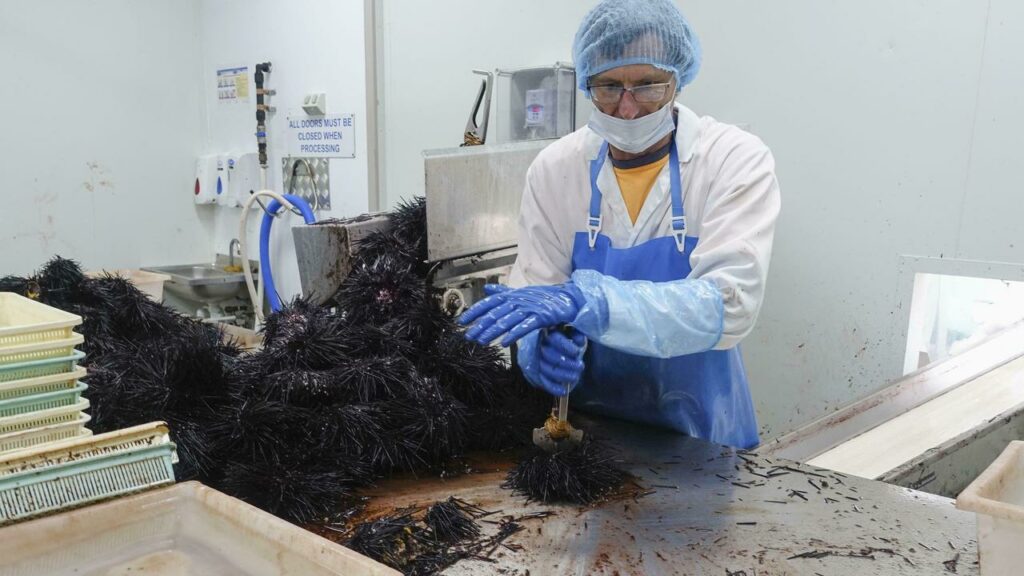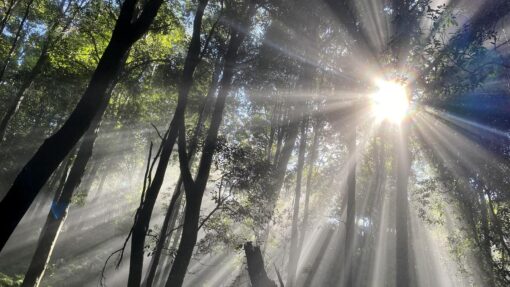Spiky sea urchin impact comparable to crown-of-thorns
Ethan James |

The impact of long-spined sea urchins on Australia’s southern reefs is comparable to the havoc caused by crown-of-thorns starfish on the Great Barrier Reef, scientists say.
A senate inquiry into marine invasive species is examining how to best manage the urchin, which numbers 20 million in Tasmanian waters according to a 2016/17 study.
“The latest data coming through is that it has gone up slightly – that’s visible sea urchins,” Institute of Marine and Antarctic Studies (IMAS) research fellow John Keane told the inquiry on Friday.
Dr Keane said the economic impact of urchin on the Great Southern Reef, which covers much of Australia’s southern coastline, was similar to the crown-of-thorns further north.
“We have less tourism in the Great Southern Reef but we’ve got higher value fisheries,” he said.
“The economic impacts are of a similar magnitude but instead of being tourism, it’s fisheries and the ecosystem.”
IMAS associate professor Scott Ling said unlike “boom and bust” outbreak cycles of the crown-of-thorns, the urchins collapse reef ecosystems and “lock in” for the long term.
“We’re basically losing reef habitat. That’s a real problem for fisheries management as well. It means they’re fishing harder and harder in a diminishing habitat,” he said.
“I would argue the long-term ecological impacts of the long-spined sea urchin is bigger on our southern reefs than the crown-of-thorns is on the Great Barrier Reef.”
The urchins, which first arrived in Tasmania in the late 1970s, have left kilometre-long barrens off St Helens on the state’s east coast.
The inquiry is examining harvesting as a control method, amid an increasing market for urchin roe which is eaten worldwide.
Some 500 tonnes, more than one million individuals, has been harvested in Tasmania per year in recent years.
Dr Keane said the demand for urchin is greater than what is being harvested.
“The comments from the processors is that there is more demand than they could supply, even if we have a 2000-3000 tonne fishery nationally,” he said.
A joint submission to the inquiry from industry bodies including the Tasmanian Seafood Industry Council and Tasmanian Commercial Divers Association has called for a more coordinated harvest.
They also want subsidies to support harvesting urchins from areas where return rates would be low but the benefits of removing them high.
The joint submission says the invasive species is threatening the viability of a number of fisheries.
The Tasmanian Abalone Council says 224 tonnes of abalone was taken from the state’s east coast waters in 2022, far from a historic high of 896 tonnes.
It said the impact of urchins, in combination with marine heatwaves and overfishing, had contributed significantly to the decline.
A workshop of government and industry, community and research bodies was held in Hobart this week with the aim of designing a coordinated urchin approach.
AAP


